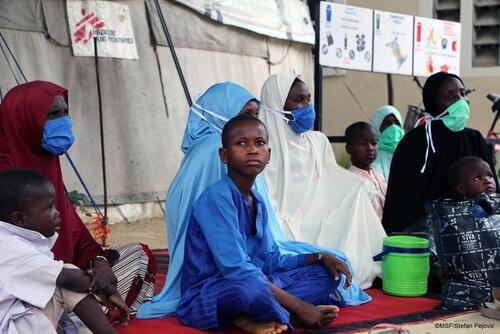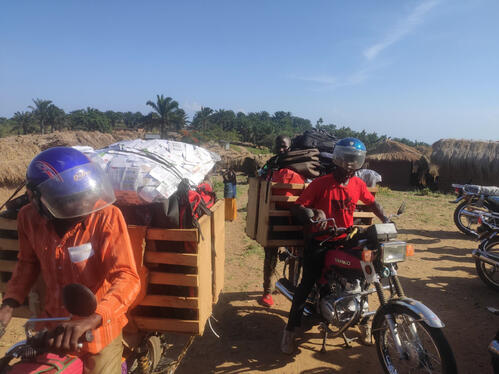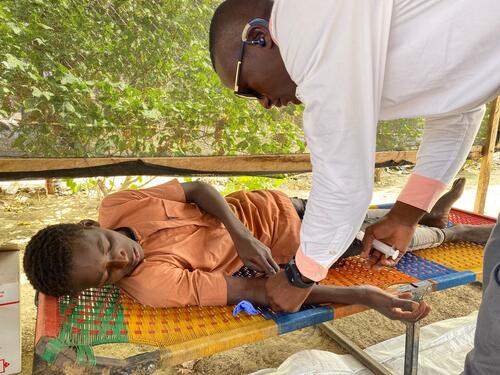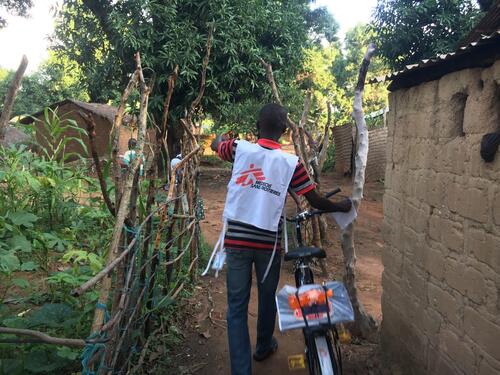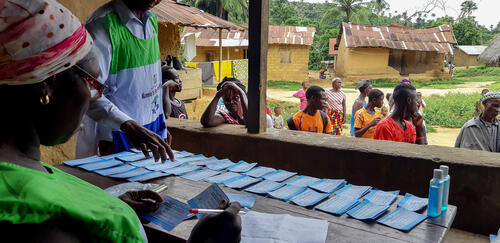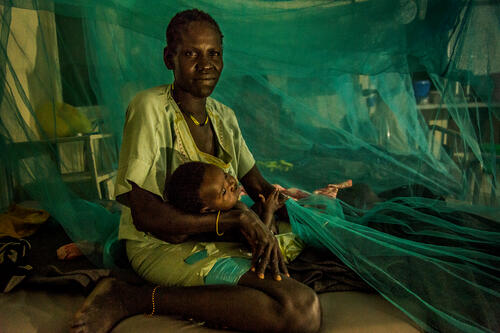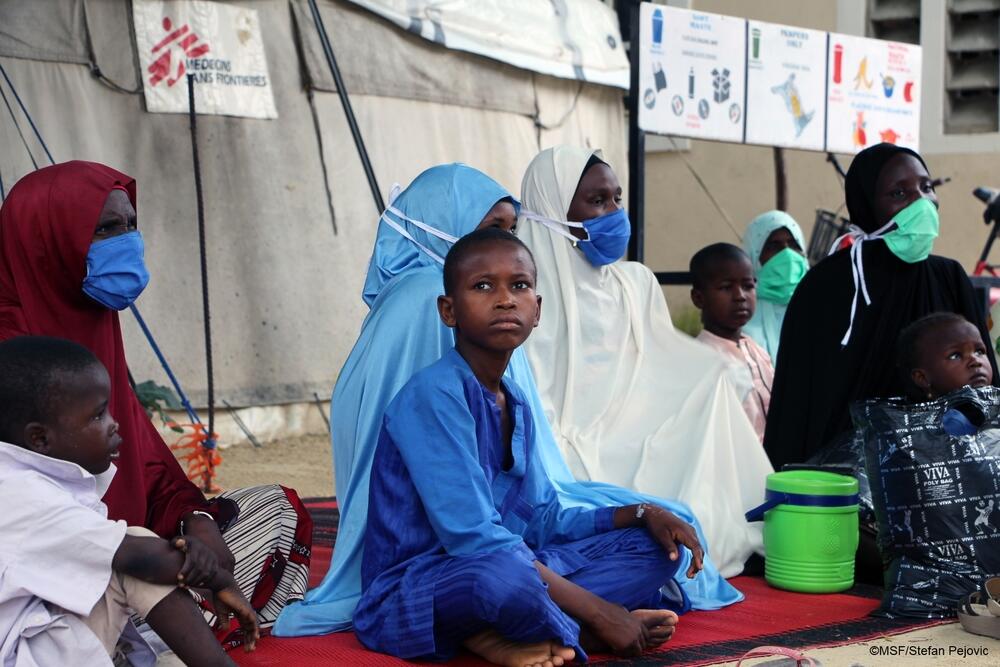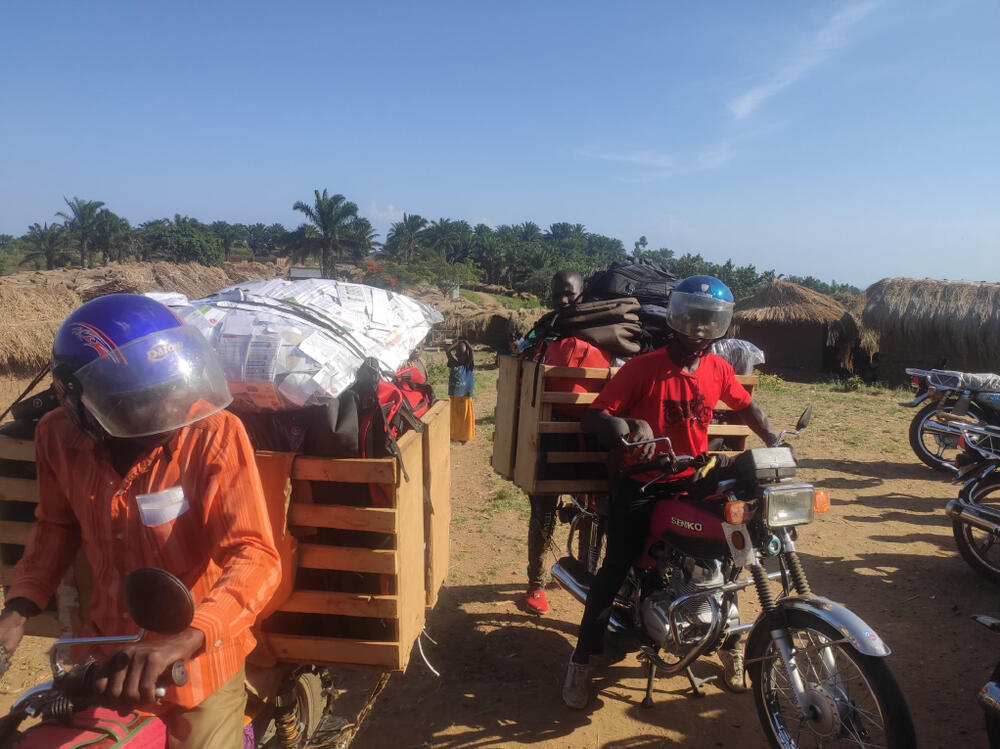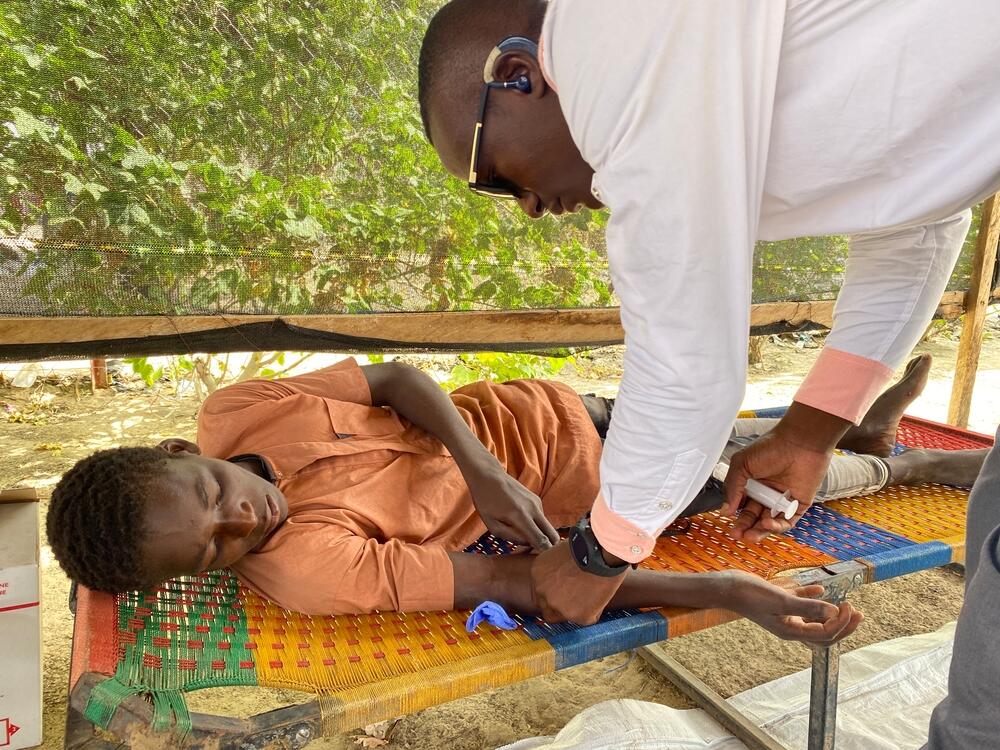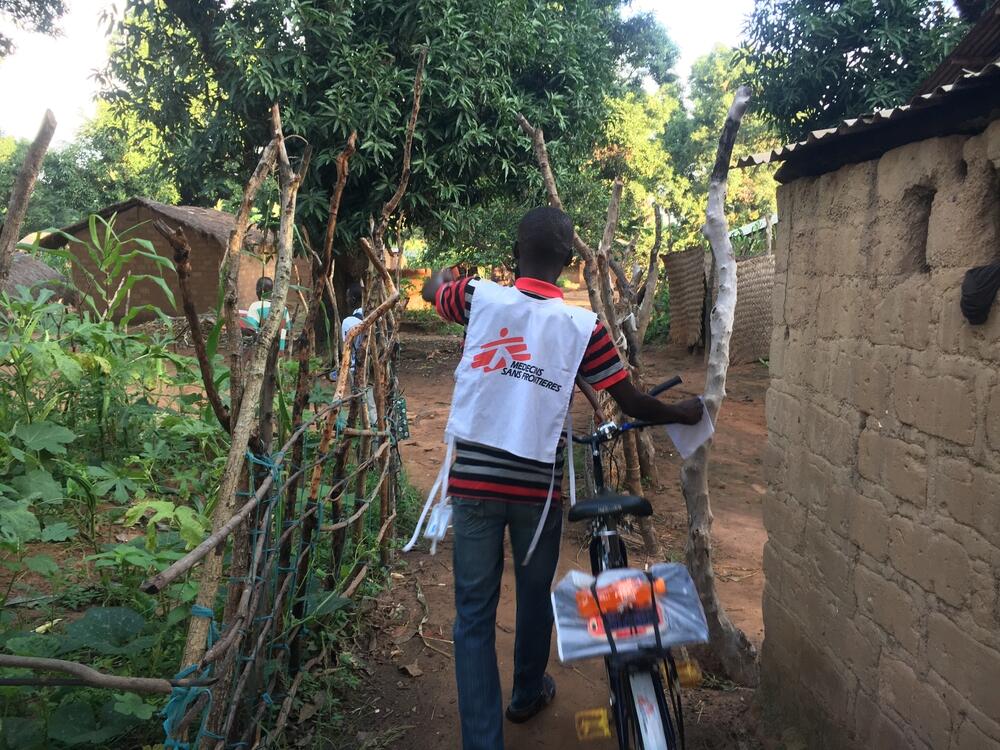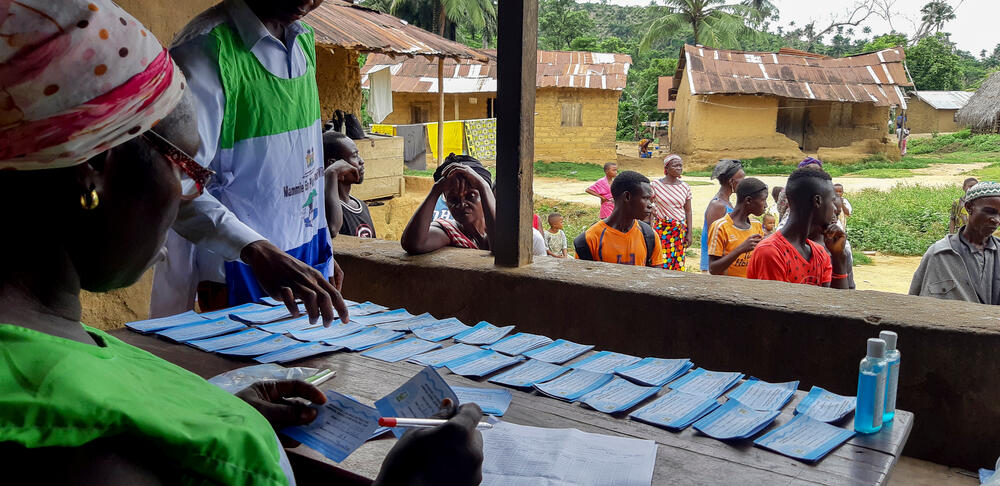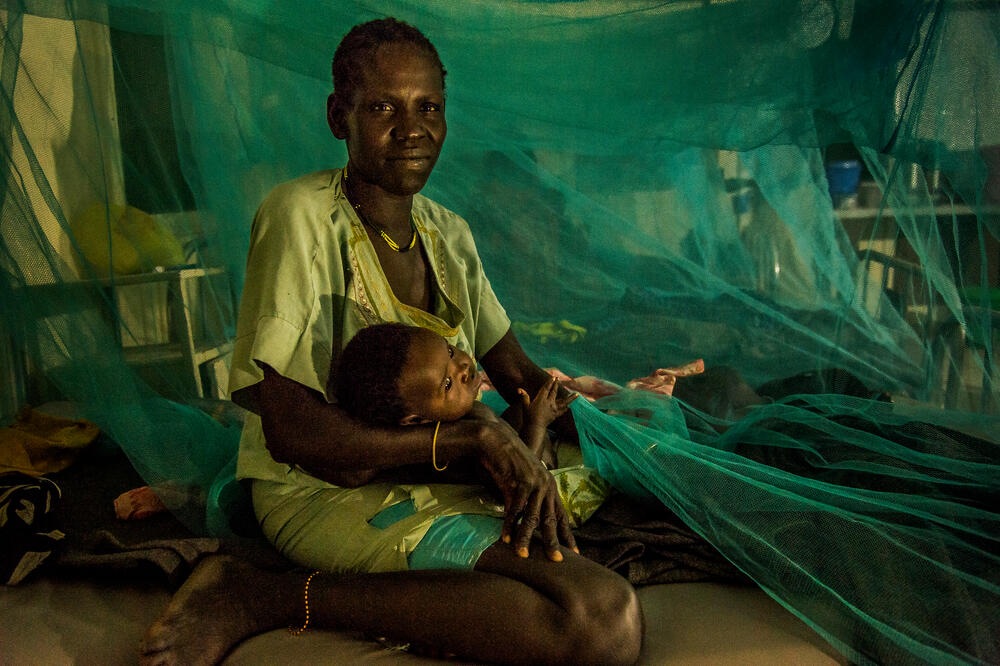How we do it: MSF's seasonal malaria prevention campaigns
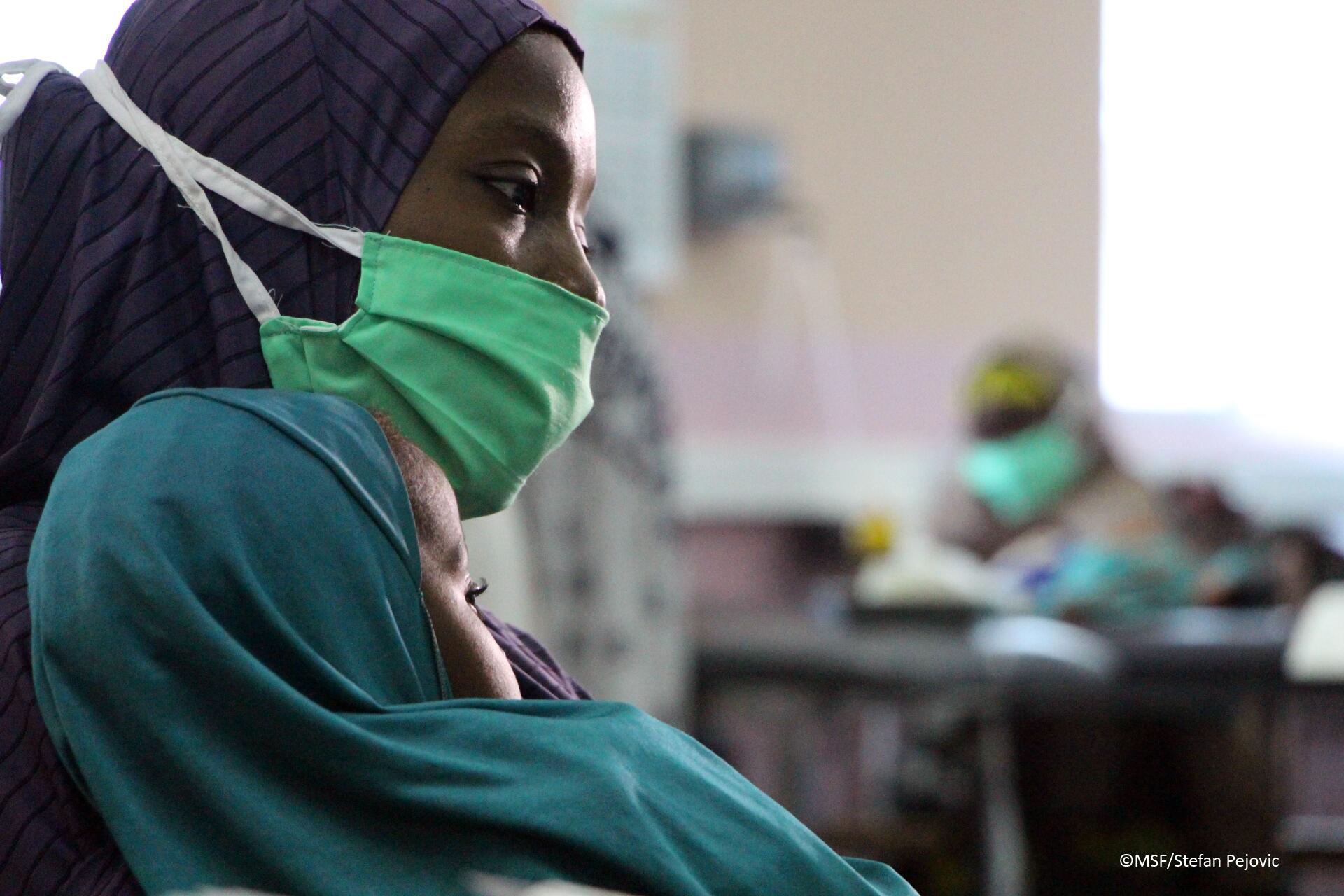
Malaria is one of the world's deadliest diseases, killing around 450,000 people worldwide every year. While mortality rates have fallen by 25 percent since 2000, across Africa malaria still claims the life of a child every two minutes.
Sadly, malaria is very common in poor and deprived areas. Yet, many deaths could be avoided as not only can the disease be detected and treated, the infection can also be prevented using seasonal malaria chemoprevention tools.
Used at the right time these tools can play a vital role in not only preventing malaria infection, but also ensuring that future epidemics are spotted fast, ultimately saving more lives.
Médecins Sans Frontières / Doctors Without Borders' (MSF) expert teams use a range of these tools all over the world, and are constantly innovating to find the best approach to combatting malaria.
Where are MSF's malaria projects?
While 90 percent of malaria deaths occur in sub-Saharan Africa, the disease is present in nearly every tropical region where MSF works.
Click on a country below to find out more about our work there. All stats refer to 2019.
Which tools does MSF use to combat malaria?
1 | Mosquito nets
Mosquito nets that have been treated with an insecticide are the key protection against malaria. For this reason, MSF provides mosquito nets or supports the distribution of nets across many of our projects around the world.
We also work with communities to promote the use of more advanced nets that remain effective even if there is resistance to common insecticides. Insecticide resistance poses is one of the biggest threats in the fight against malaria, something MSF is conducting research into.
2 | Indoor residual spraying
Spraying the walls of houses with an insecticide – deadly for mosquitos and harmless for people – provides a high level of protection against malaria for several months.
MSF uses this strategy around the world, including in a large-scale project in Burundi, and the organisation continues to develop strategies around its use in other countries.
3 | Community health workers
Patients with malaria, especially young children, have to be diagnosed and treated within 24 hours to avoid developing severe malaria. So, MSF has trained community health workers to perform rapid diagnostic tests, providing treatment there and then.
Diagnosis and treatment in the community is a game-changer for remote or hard-to-reach places and helps develop the community's understanding of how to treat the disease in future outbreaks.
4 | Health promotion
In many Latin American countries, malaria is under control or has been eliminated. However, the disruption of health care in Venezuela lead to malaria outbreaks, particularly among mining communities who live in precarious conditions.
Here, the essential tool in the fight against malaria is what's known as "health promotion". Our teams work with communities to help them understand the different different types of malaria, how they can be diagnosed and treated and, crucially, how infection can be prevented.
Malaria: Key facts
249 MILLION
CASES OF MALARIA WORLDWIDE IN 2022
80%
OF MALARIA DEATHS IN AFRICA ARE CHILDREN UNDER 5
3,877,100
MALARIA CASES TREATED BY MSF IN 2024
5 | Drugs
Artemisinin-based combination therapies, known as ACT, are the main group of drugs used to combat malaria. However, in many countries, resistance to the treatment is becoming a serious issue.
In the Mekong area of Cambodia, where resistance is growing at a fast rate, MSF is running a crucial project to understand resistance to ACT, with more research planned to identify the efficacy of many different drugs in the fight to prevent or cure malaria.
6 | Rapid response
Malaria epidemics can strike after flooding and storm events as unusual rain patterns create more breeding grounds for malaria-carrying mosquitos. Coupled with the mass displacement of people or the disruption of malaria prevention programmes, an outbreak can easily take hold.
MSF expert teams rapidly intervene using all the tools available – distributing nets, spraying homes, targetting the use of rapid diagnosis and treatment, deploying mobile clinics to hard-to-reach places, and supporting local hospitals.
Malaria: News and stories
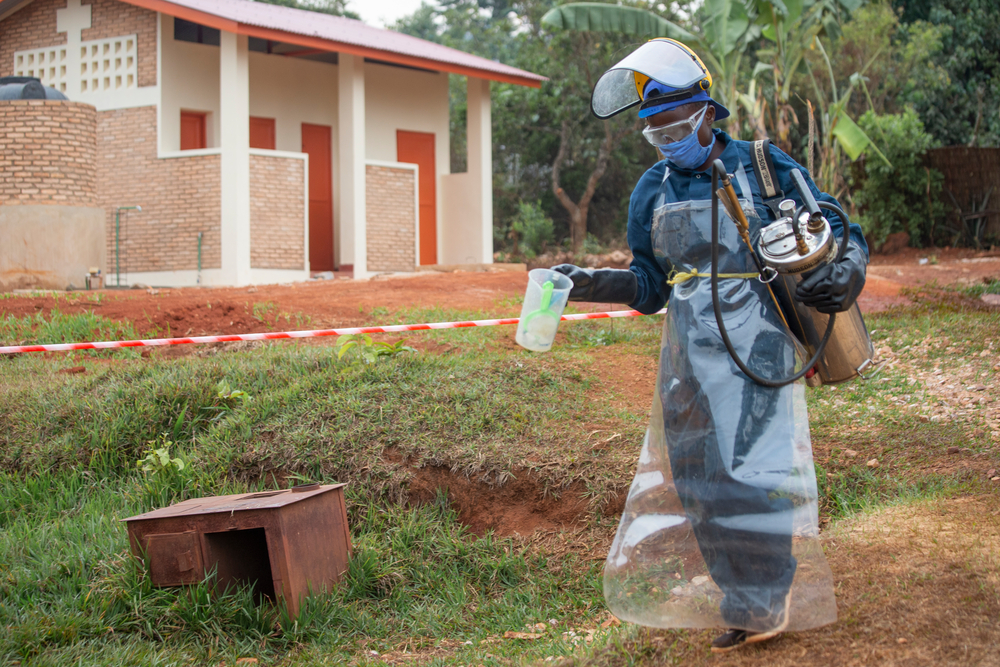
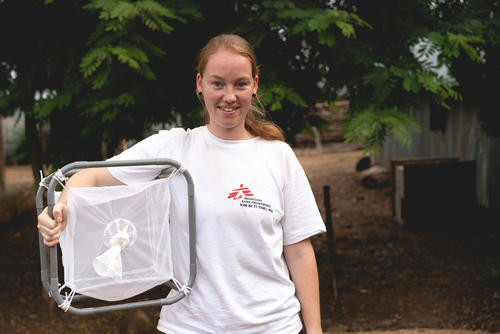
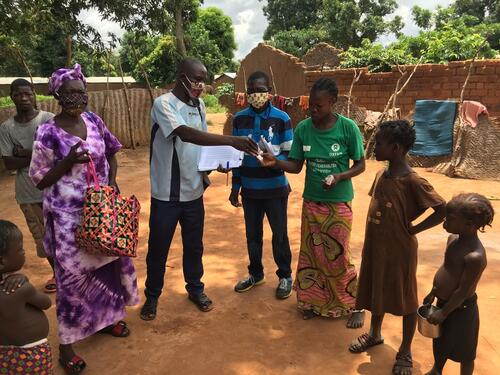
MSF and malaria
Malaria is a deadly disease carried by Anopheles mosquitoes.
Every year, it kills around 430,000 people and infects more than 200 million. Ninety percent of these deaths occur in sub-Saharan Africa.
Despite malaria mortality rates falling by 25 percent since 2000, a child in Africa still dies every two minutes from malaria.
